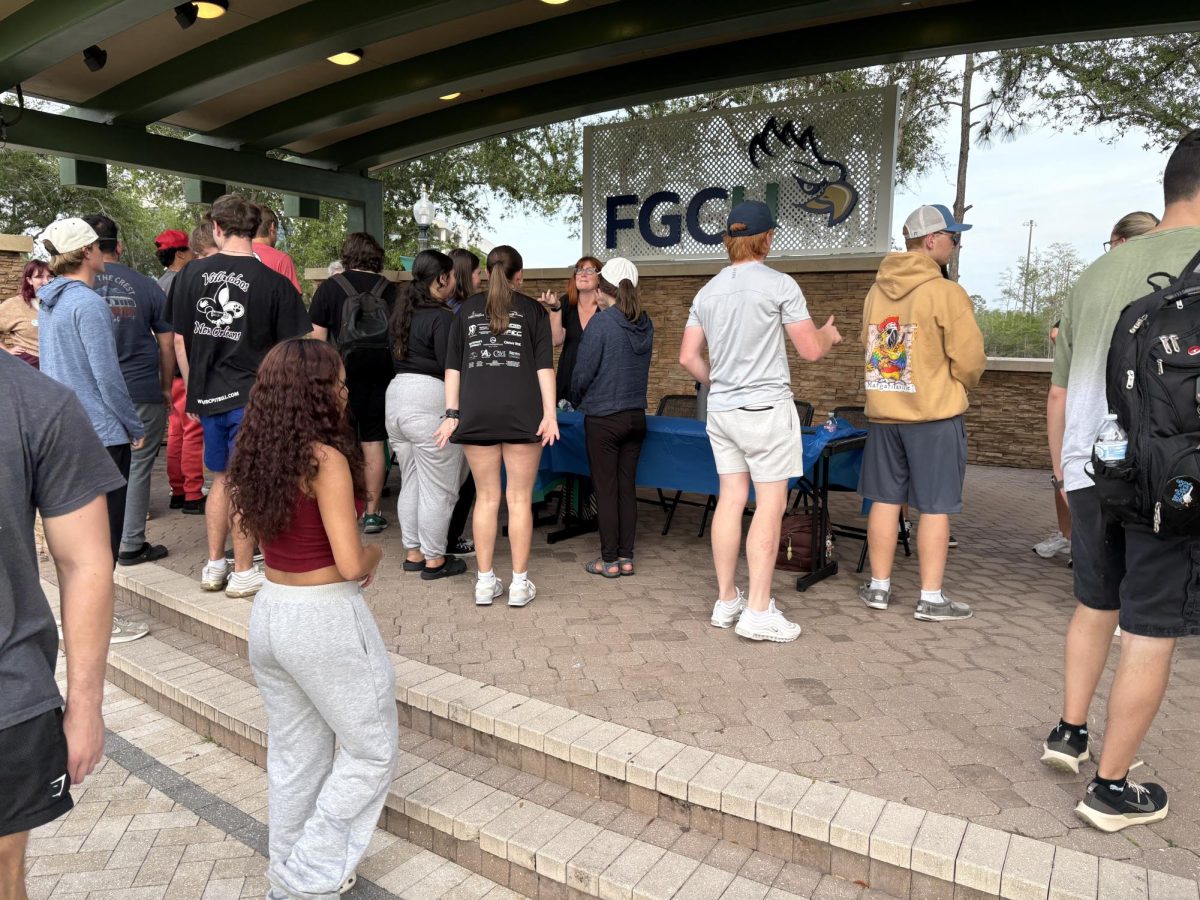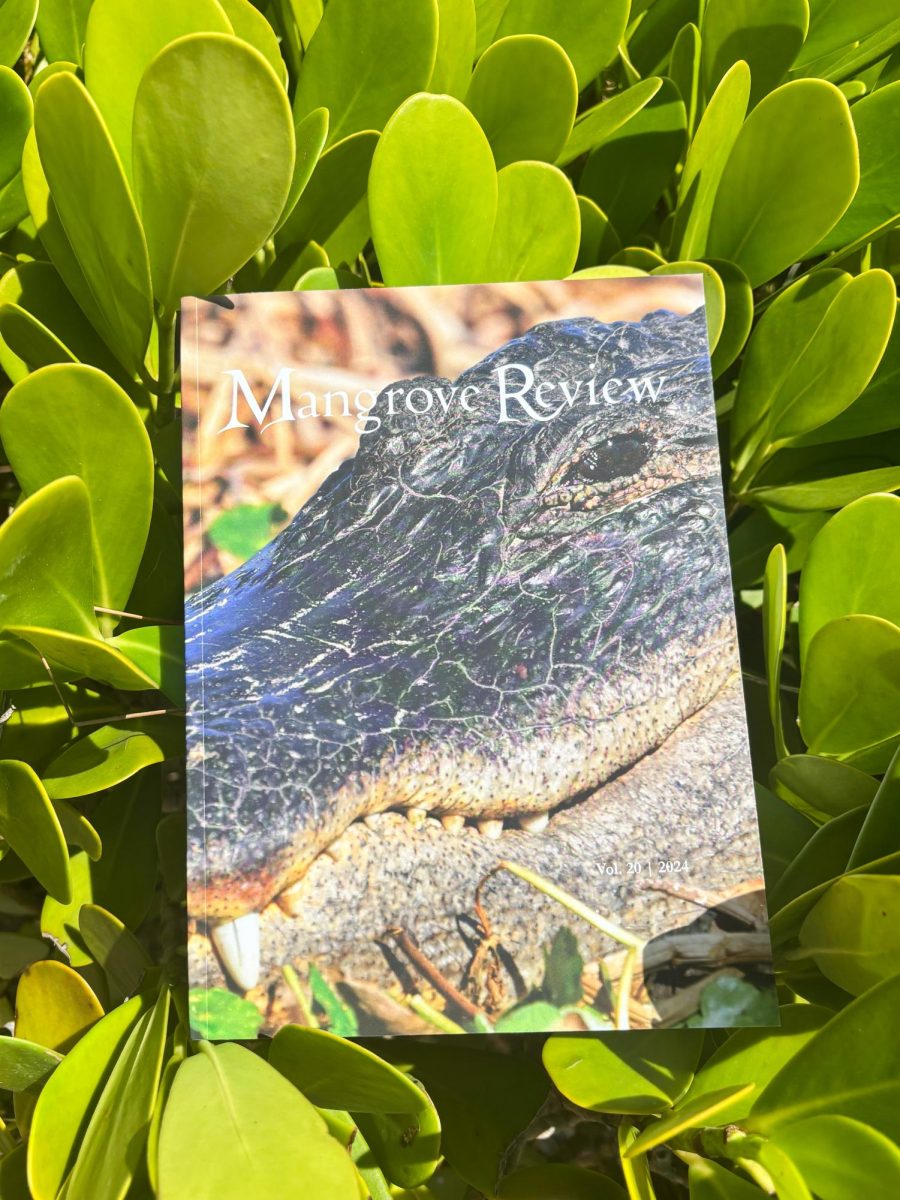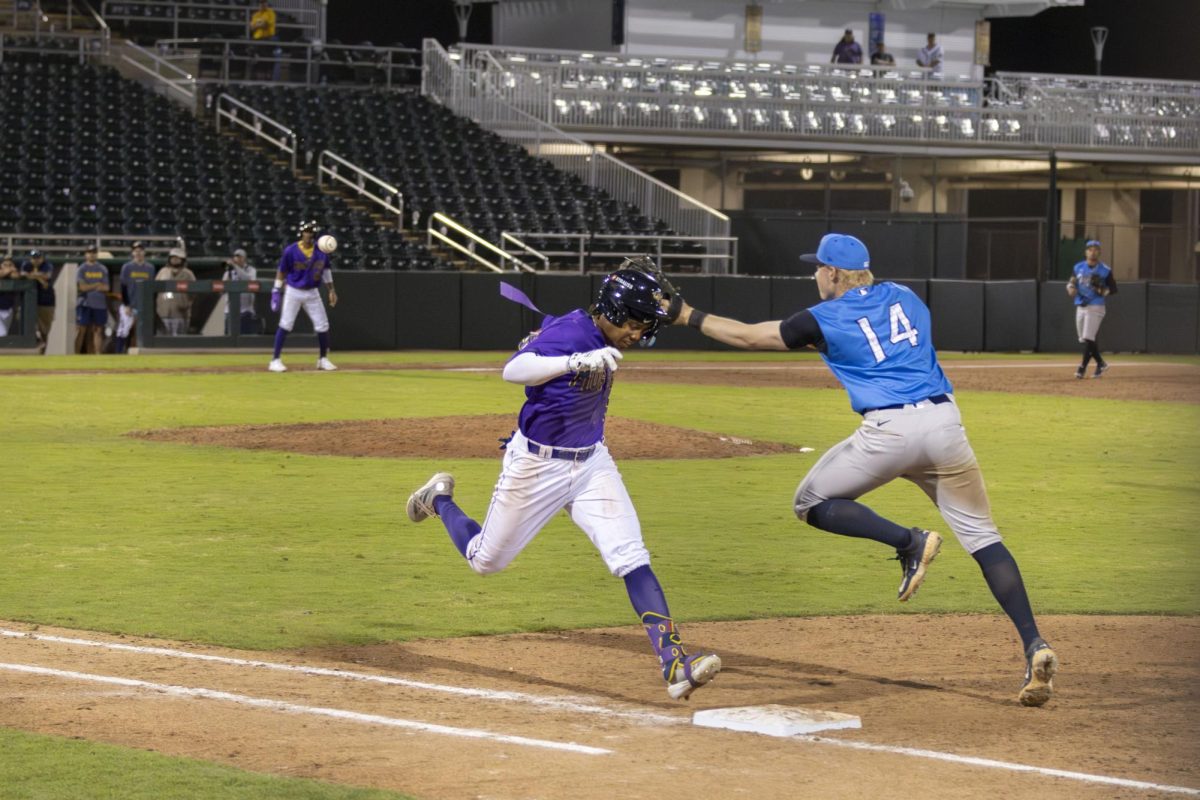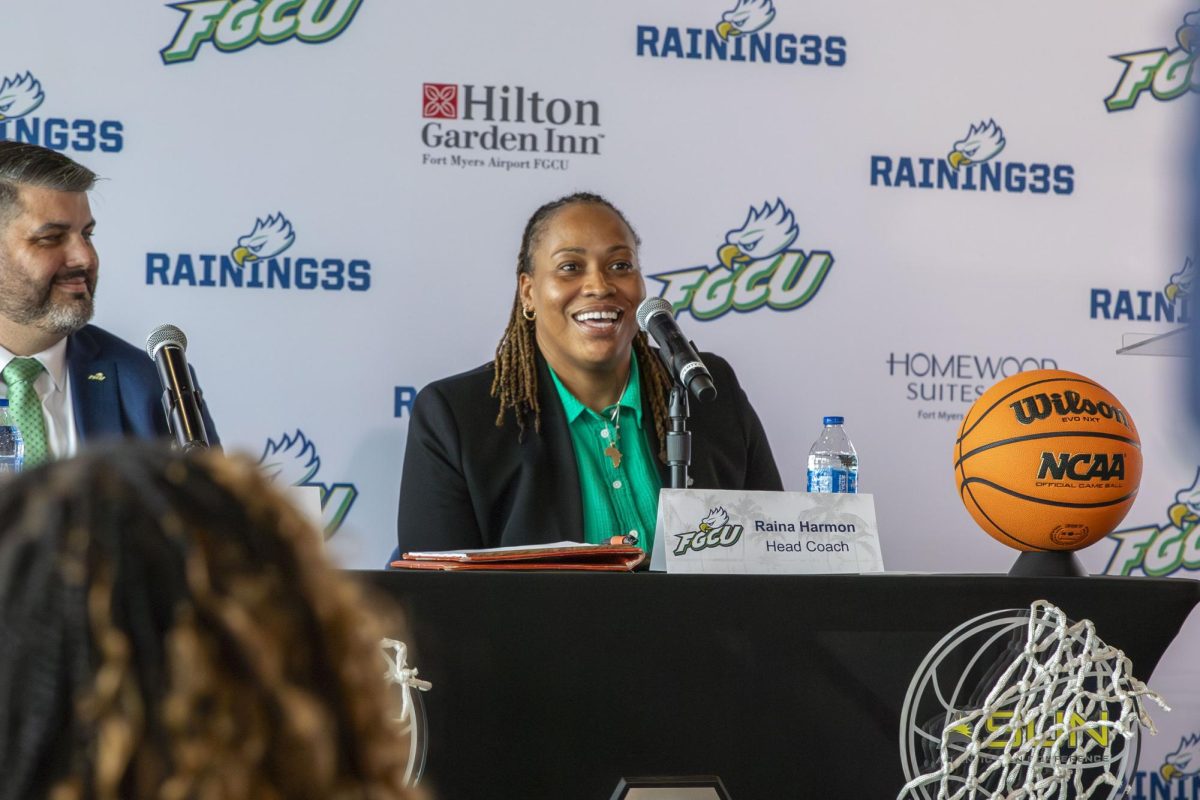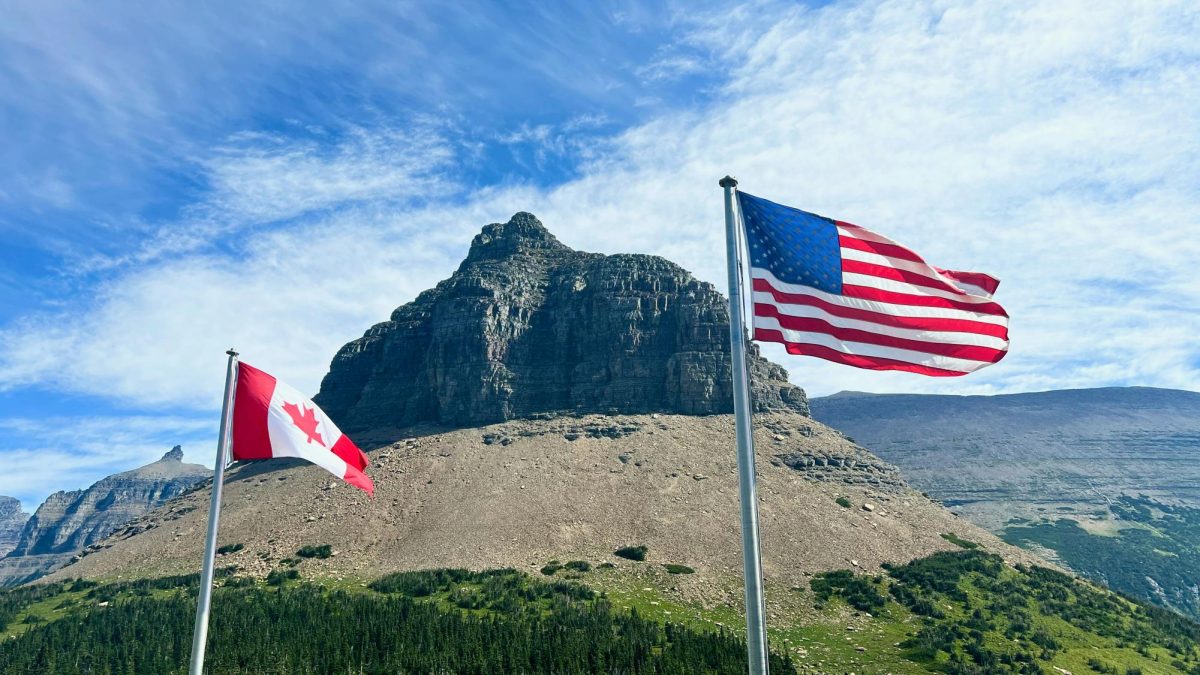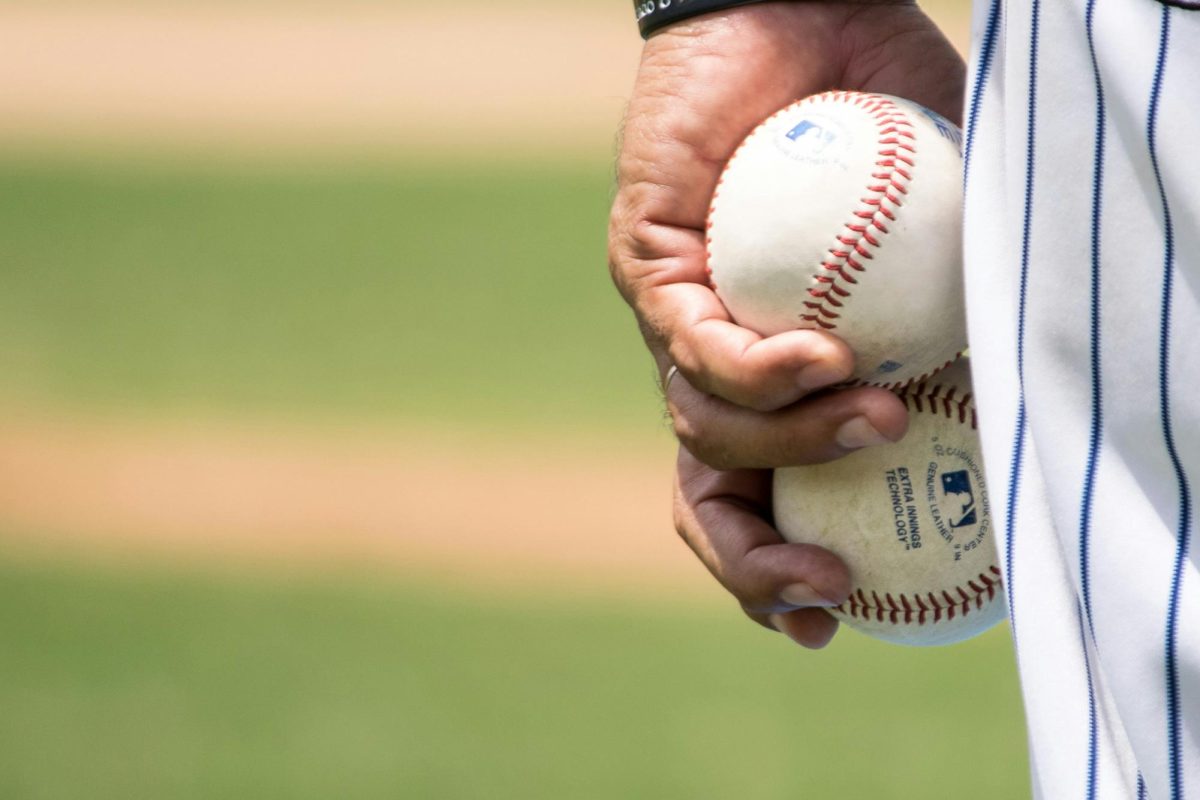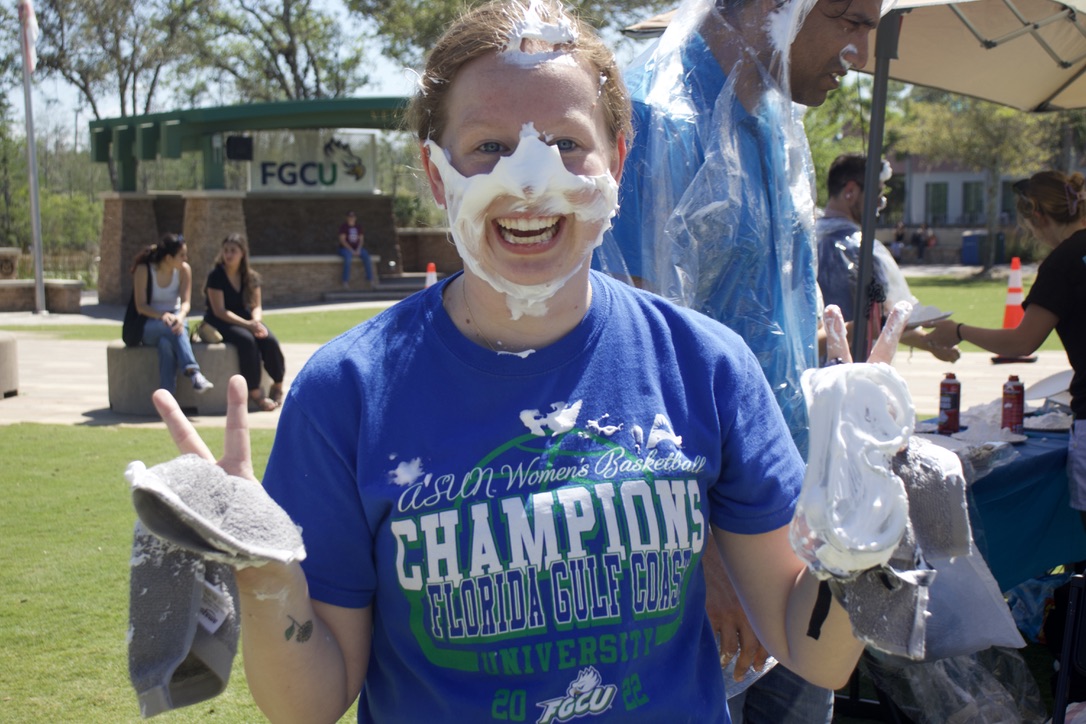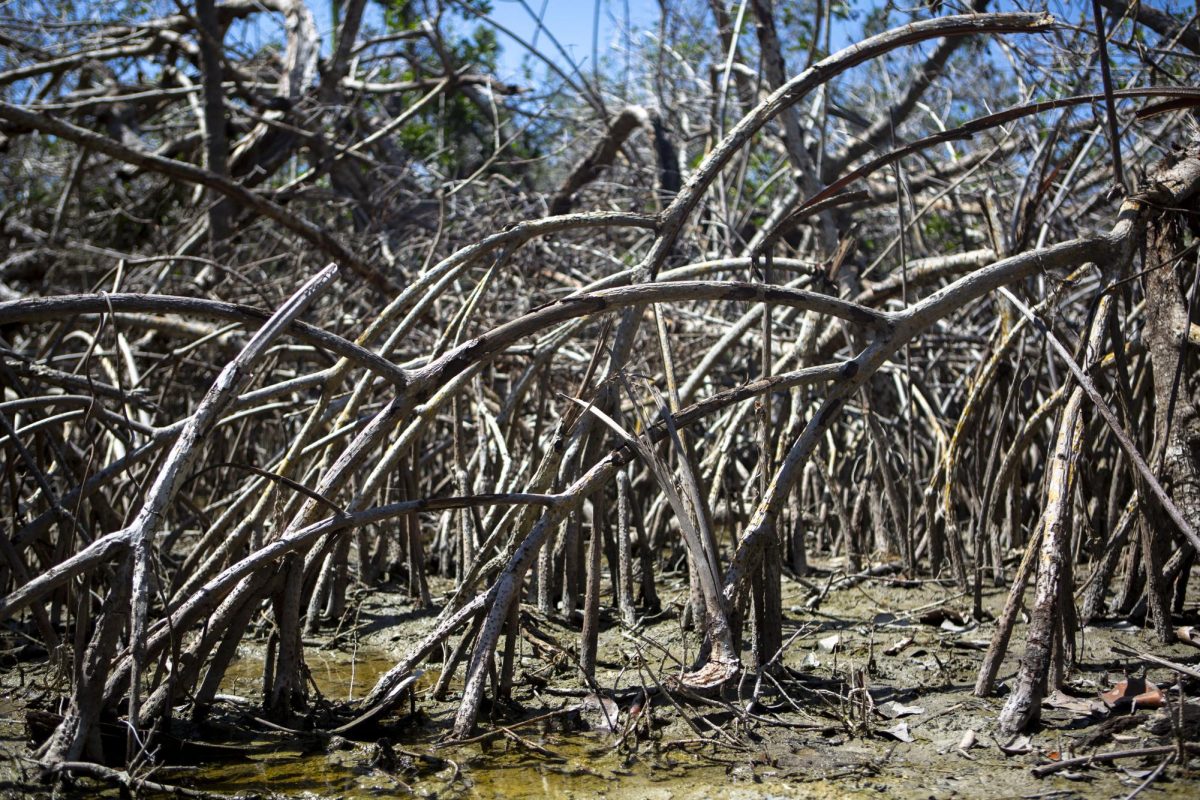The Mangrove Tree Disturbance Research at FGCU has emerged as a pioneering initiative for students to delve into the impacts of hurricanes on mangrove ecosystems, particularly in the aftermath of Hurricane Ian.
Led by a team of dedicated researchers and graduate students, this ongoing project aims to unravel the complex dynamics of mangrove forests and their resilience in the face of natural calamities and human interventions.
The project, initiated around the end of December 2017 or January of 2018, following the devastation caused by Hurricane Irma, is envisioned as a long-term endeavor with no fixed end date.
Dr. Brian Bovard, one of the key figures driving the research, emphasizes the importance of understanding how natural systems respond to such events.
“The goal of the project is really to just kind of mentor natural systems and see how [the mangroves are] being impacted or responding to these events,” Bovard said.
Situated in Estero Bay with research sites near the Vester Research Station and in Big Hickory, teams of four to eight students venture out two to three times a week, enduring the challenges of Florida’s climate and terrain. Their mission involves measurements of tree height, trunk diameters and biomass estimation, among other parameters.
One of the primary objectives is to assess the impacts of hurricanes on mangrove tree populations and their surrounding ecosystems. Various research avenues are pursued, ranging from tracking tree growth over time to analyzing leaf phenology and assessing the population dynamics of mangrove tree crabs.
The research team isn’t doing any sort of restoration work, but ultimately the understanding will allow researchers to better manage these systems and identify areas that may require restoration or planting of mangroves to enhance their ability to protect the coastline long term.
Oscar Maradiaga, a graduate student heavily involved in the project, focuses on utilizing Unmanned Aerial Vehicles (UAVs) and 3D modeling to gain deeper insights into the structural changes within the mangrove forests. Despite facing challenges like heat, humidity and insect nuisances, Maradiaga remains committed to advancing scientific understanding in this vital field.
“This system can be quite challenging to work in. You have to be prepared to get muddy, wet, sweaty and trip from time to time,” Maradiaga said.
The research team doesn’t plant new mangroves. Instead, they track the growth and death of mangroves that were there from the start. However, the mangroves that are alive drop their seeds, resulting in a new growth of mangroves.
Gillian Stocking, another integral member of the research team, notes promising signs of new growth among previously marked “dead” mangrove trees. While no new mangroves were planted, Stocking observed natural regeneration occurring, with seeds dispersed by surviving trees leading to the emergence of new saplings.
“The type of environment we work in is not for everyone,” Stocking said. “It’s filled with spiders, mosquitos and at times, scorpions. The heat is also a major issue as well. Working outside in Florida can be very problematic, however, having a great team and being able to work with friends makes it so you can overlook these small quirks working in the field has.”
In addition to monitoring mangrove regeneration, Stocking spearheads seedling research across both research sites. By tracking growth rates and species diversity within designated plots, she aims to identify factors influencing mangrove recovery and resilience.
The research not only sheds light on the intricate interplay between hurricanes, human activities and mangrove ecosystems but also holds implications for coastal management and conservation efforts. By encouraging a deeper understanding of these invaluable ecosystems, the research team strives to inform sustainable practices and mitigate the threats facing mangrove forests.


